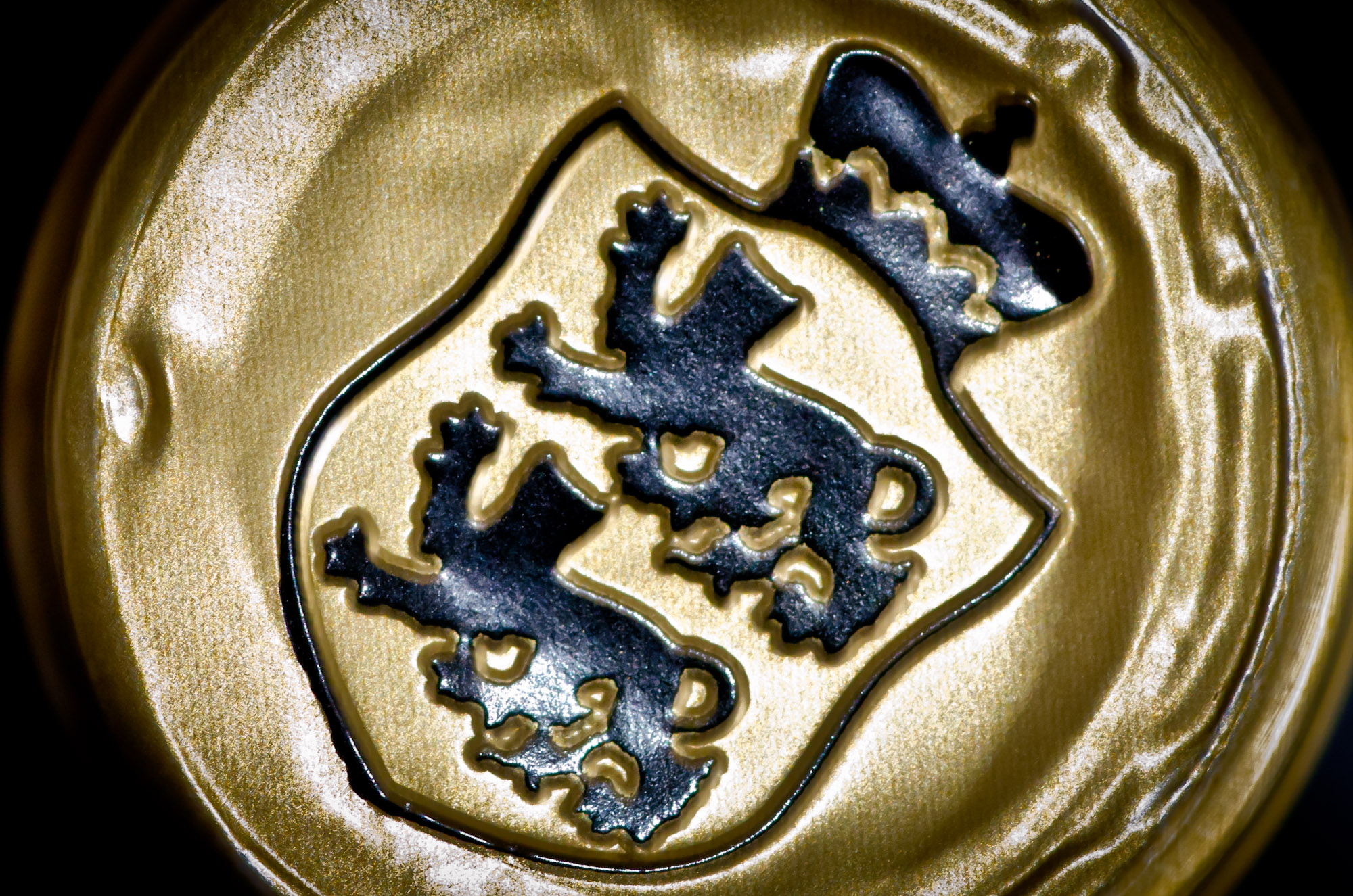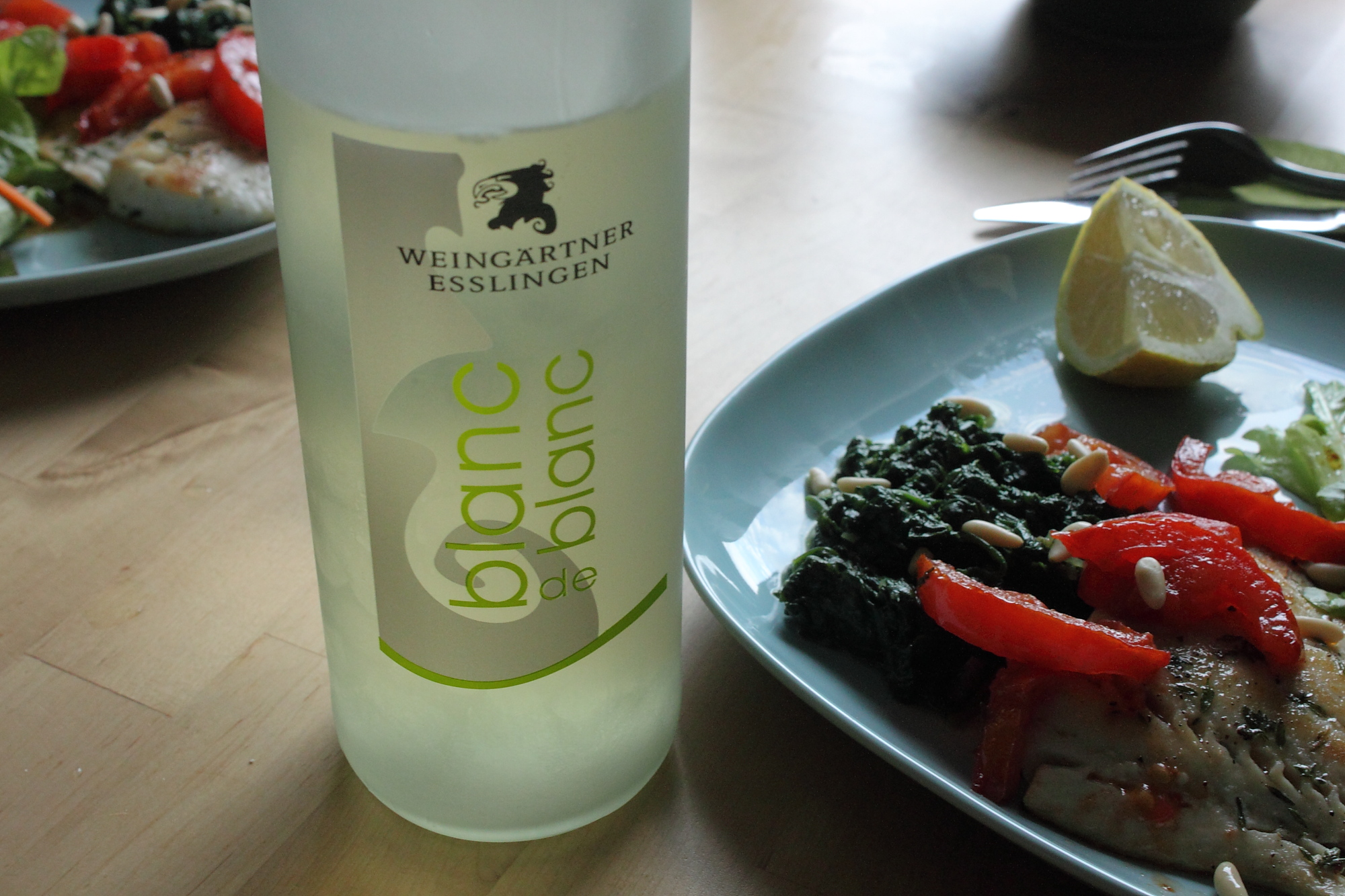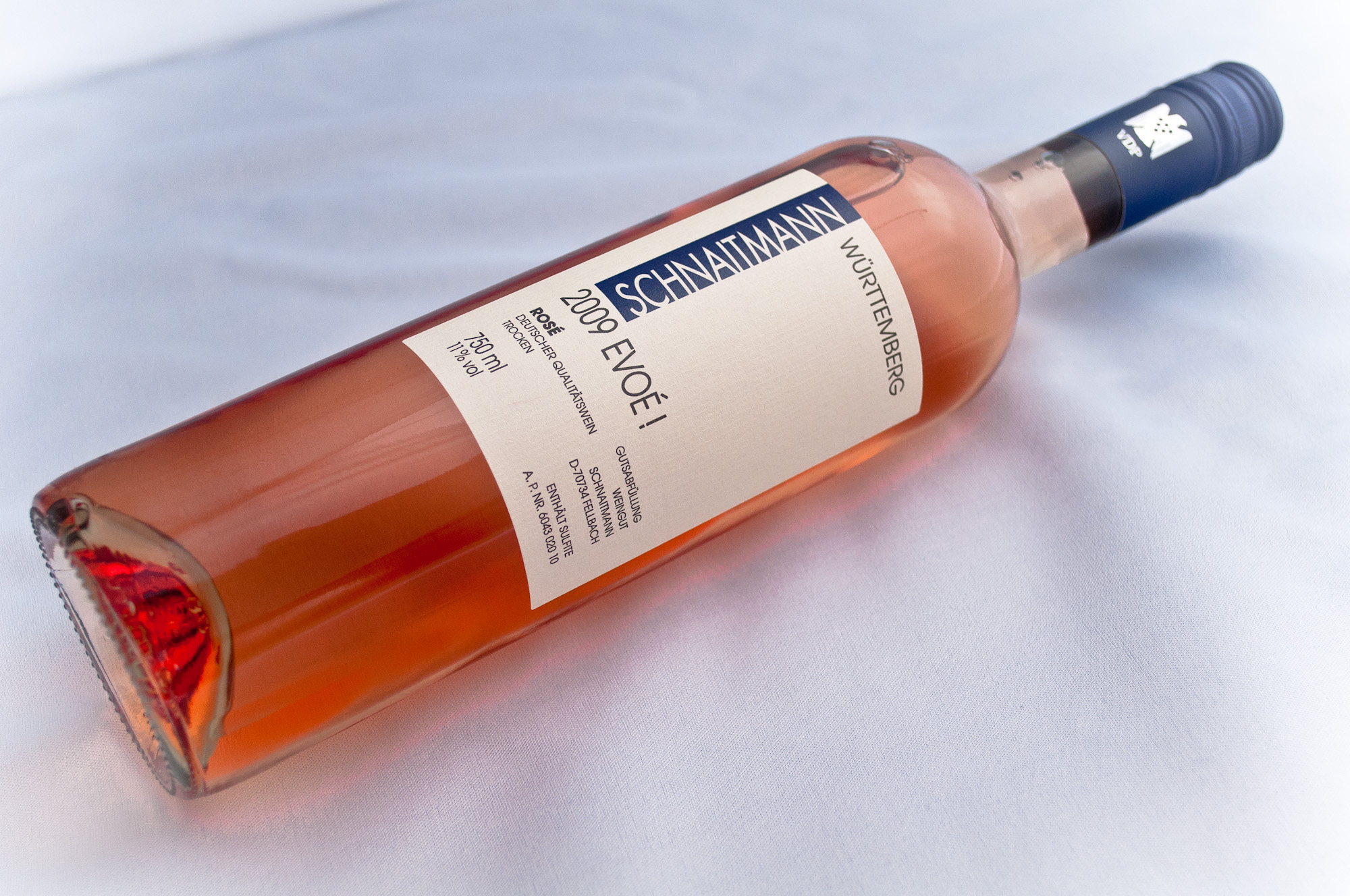Steinbachhof, Ensinger Schanzreiter, Riesling ***, 2009
This little review revisits old Wine Rambler territory: Swabia's Stromberg region, last seen in the throes of a damaging freak frost in the spring of last year. This time, another winery, just one picturesque beech-forested ridge away. The Steinbachhof is an ancient estate created by the cistercian abbey of Maulbronn, then owned by the dukes, later kings of Württemberg, and now by two adventurous young people, Nanna and Ulrich Eißler, who supplement their income from wine growing by hosting wedding and business receptions in a beautifully refurbished old barn.

From a recent short visit, I brought a bottle of Riesling that, sadly, you won't be able to find outside of Germany, or Swabia for that matter, for any time soon:







